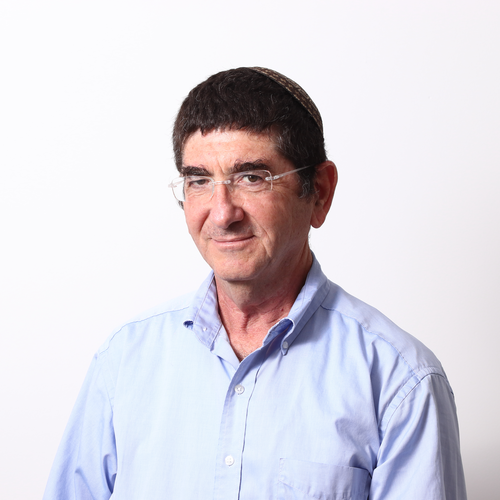About This Webinar
Automotive electrification is one of many major trends driving the evolution of high-volume laser processing systems for precision manufacturing. Applications ranging from the alignment and connection of battery layers, to additive metal manufacturing, to developing new metal-alloy-based cooling systems are prompting manufacturers to seek new laser processing tools able to deliver the prerequisite precision while keeping up with demand as part of an overall, cost-effective solution.
High-power multimode lasers have long been used to cut metals, but they are not well-suited for precision material processing applications, such as the welding of brittle or porous materials, or of dissimilar or asymmetric parts. Fiber lasers, in contrast, offer long focal lengths more suitable for precision material processing. And with the advent of dynamic beam lasers (DBL) based on optical phased array (OPA) fiber lasers, these sources are now capable of delivering up to 100 kW of power with the precision control that multimode lasers lack.
The latest DBL developments include the ability to not only control beam shape, but shape sequence, shape frequency, and focal depth. These four parameters allow for unprecedented control of laser welding processes by controlling ablation and melt in ways that meet or exceed throughput and quality parameters for older technologies, such as for the application of brazing alloyed parts.
***This presentation premiered during the 2022
Photonics Spectra Conference. For more information on Photonics Media conferences, visit
events.photonics.com.
About the presenter:

Eyal Shekel, Ph.D., is founder and CEO of Civan Lasers, the first company to develop industrial lasers based on coherent beam combining (CBC). Prior to Civan, Shekel founded Cielo, a leading company in the manufacture of Fiber Optical Gyros and navigation systems, and he founded and served as general manager for Chiaro Networks, a company that developed the largest optical switch in the world. Shekel received his doctorate in physics at New York University (NYU).